Cosmetology and Hair Loss: A Scientific Approach
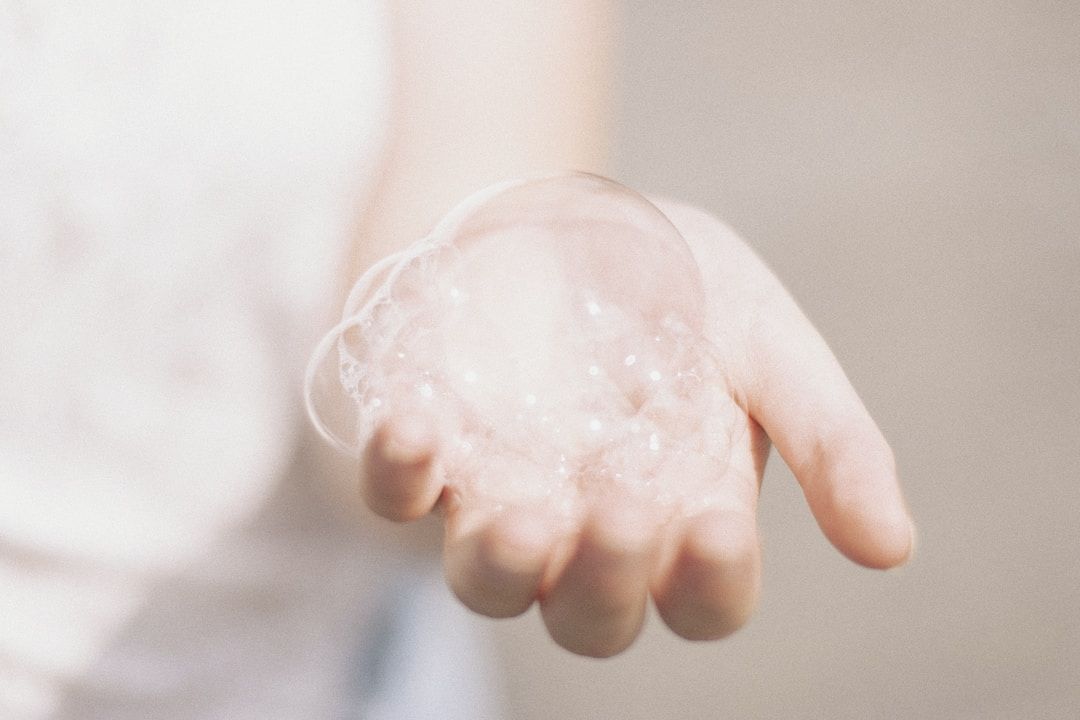
Introduction
Dermatologists are skilled at treating problems with the scalp and hair, but it's still unclear how some cosmetic procedures look. The structure and physical behaviour of the hair shaft, hair cosmetics and aesthetic procedures, and modern medical practise all need for an understanding of these topics. (Sadgrove et al., 2023)
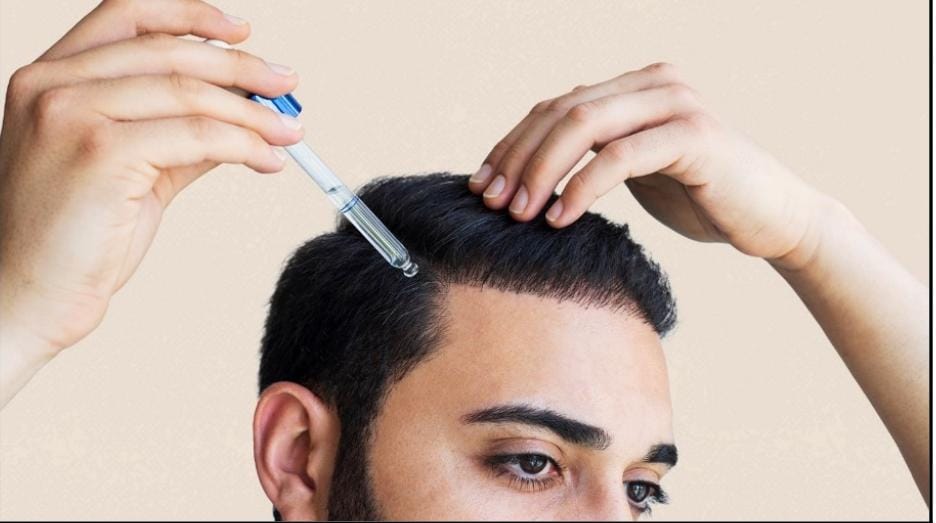
Importance of Cosmetology:
Despite the ubiquitous availability of hair cosmetics, finding medical literature and other specialised information is challenging. The material in this page is meant to help readers understand the structure and behaviour of the hair shaft as well as hair cosmetics. The doctor will be better equipped to evaluate various issues that arise as a result of cosmetic treatments if they are aware of their way of action, safety, and components. (Davis et al., 2011)
Hindrances:
Even though oils may be utilized as a foundation to extract lipophilic plant biota components, particularly medicinal phytochemicals, the sector is overly preoccupied with reducing manufacturing costs. Because of this, the amount of physiologically functioning metabolites in these commercial brands is frequently quite low. As a result, they largely consist of triglycerides along with unrefined fatty acids and offer little aid to people who have hair loss issues. (Gavazzoni et al., 2015)
Plain oils can exacerbate the illness condition when practical to scalping hair loss problems because they encourage the development of lipophilic bacteria like P. acnes. These properties can be mitigated if the arrangement contains strong antibacterial and anti-inflammatory components, but efficacy cannot be predicted in the absence of adequate regulatory supervision and testing for such oil-based mixtures on the market. Therefore, people who experience hair loss shouldn't use a topical therapy founded on a "fixed" oil except they can confirm that the amount of beneficial phytochemicals is sufficient to produce the antibacterial and anti-inflammatory effects. (Rajput et al., 2017)
Hair Brands In Market:
RadensylTM, CapixylTM, Anasensyl®, Procapil®, & AnaGainTM are a few examples of cosmeceuticals for healthy hair. Numerous studies have also shown that excised hair follicles cultured in liquid media (in vitro and ex vivo) exhibit quicker hair shaft elongation. (Sadgrove et al., 2023)
RedensylTM
RedensylTM's active ingredients include dihydroquercetin-glucoside (taxifolin derived Larch wood pulp) and glycine (1%), an amino acid found in keratin. The active ingredients are zinc chloride (0.1%) and sodium metabisulphite (1%). A use level of 1-3% is suggested for any serum. (Davis et al., 2011)
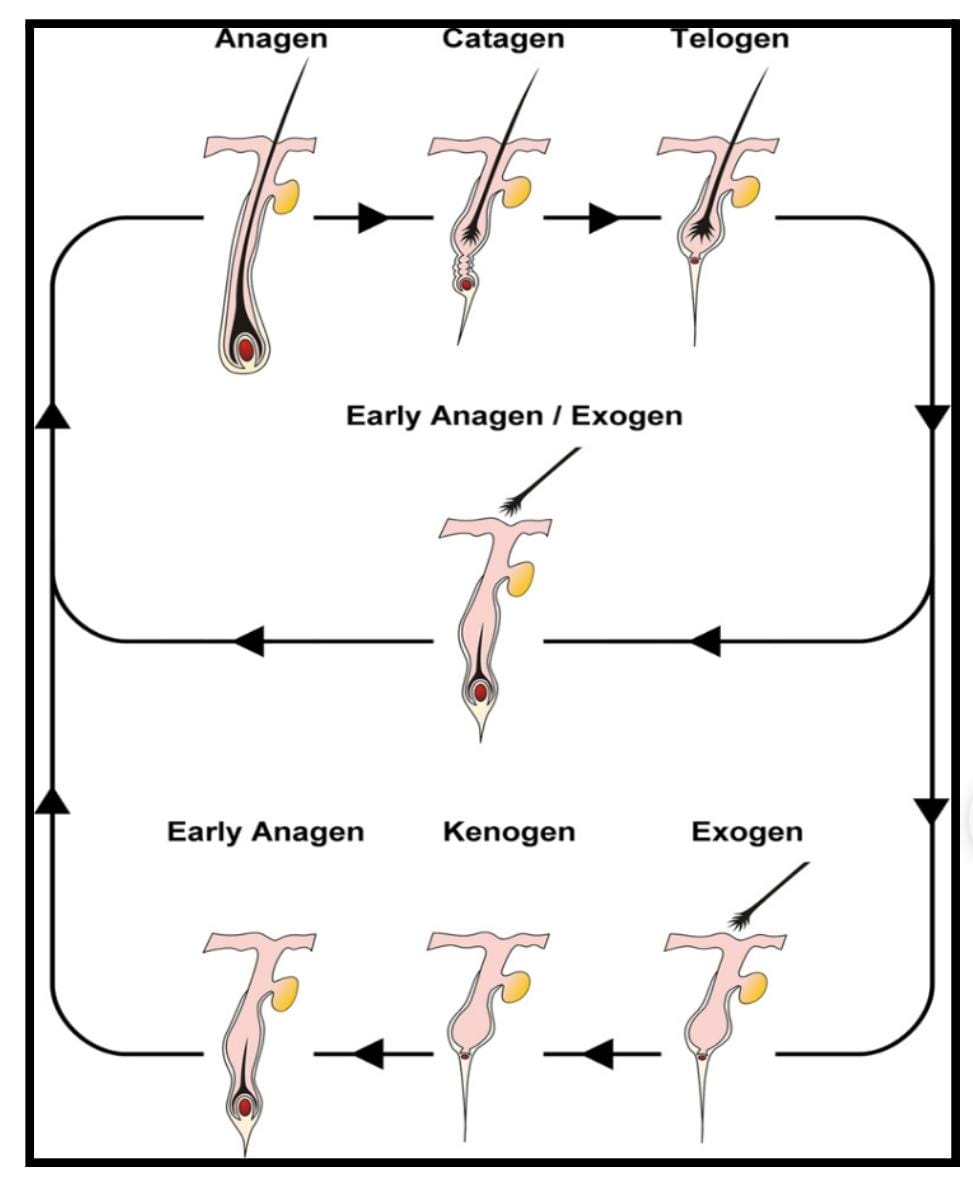
CapixylTM
For "intensive treatment," the composition should contain 2.5–5.0% of produced serum, and for "preventative care," it should contain 0.5-2.5%. (Sadgrove et al., 2023)
Anasenzyl
There was little data on formulation components or concentrations. The suggested usage level for any serum is between 0.5% and 1.5%. (Sadgrove et al., 2023)
Procapil
Hydrogenated castor oil is the constituent of the formulation. Any serum should be used at a level of 3%. (Davis et al., 2011)
AnaGainTM
Pisum sativum sprout extract (0.5% non-solvent extract) serves as AnaGainTM's active component, any serum should be used between 2 and 4 percent. (Sadgrove et al., 2023)
Types of Hair Cosmeticss
Shampoo
- Shampoos undoubtedly clean the scalp while also protecting the hair shaft. It is desirable to retain the hair's aesthetic appeal by keeping its softness, combability, and lustre while treating the scalp.
- Active chemicals that are integrated into the formulas of the shampoo are also utilised to treat numerous scalp problems.
- The products are divided into four categories: (1) cleansing agents, (2) comforting additives, (3) conditioning agents, which are meant to add softness and gloss, and improve detangling ability. (Gavazzoni et al., 2015)
Surfactant
- Surfactants, a class of cleaning agents, function by reducing the physicochemical adhesion forces that bind pollutants and residues to the hair.
- The kind and quantity of surfactants a shampoo employs, as well as how well it removes grease, affect the efficacy of the washing activity. Surfactants scatter these impurities, preventing them from clinging to the scalp. (Rajput et al., 2017)
- Some shampoo formulas contain cationic, amphoteric, and nonionic surfactants to reduce the effects of anionic surfactants that cause static electricity.
- Because they have a positive charge, cationic surfactants easily attach to negatively charged strands produced by the use of anionic surfactants, reducing the frizz effect. (Davis et al., 2011)
- Additionally, they enhance foam formation and the uniformity of the final product.
- Exactly what happens when the electric charges left behind after removing sebum and residue are balanced out is what was observed after using shampoo.
- The negative charge of the micelle repels the negative charge of the hair fibre. The ability to resist charges allows for water rinsing. (Rajput et al., 2017)
Conditioner
- Conditioners are used to make hair more combable, lessen frizz, detangle hair, and lessen friction.
- Conditioners function by lubricating the cuticle, which decreases the hydrophilicity of the fibre, and by delivering positive charges to the hair fibre to counteract its electrically negative charge.
- They consist of five types of lubricating and anti-static substances: polymers, waxes, lipids, hydrolyzed amino acids, and cationic chemicals.
- The most common and efficient component in conditioners is a silicone. (Gavazzoni et al., 2015)
- The conditioners' purposes are as follows:
- Enhancing combability
- Mimetite the lipid outer layer of the hair
- Bring back hydrophobicity.
- the cuticle is sealed
- Friction should be avoided or reduced; neutralize the negatively charged net.
- Improve manageability, smoothness, and radiance. (Rajput et al., 2017)
Oils
- Moroccan argan oil, known for keeping hair moisturized and hydrophobic, has gained a lot of popularity as a key ingredient in hair cosmetics. Argan oil from Morocco is now among the costliest edible oil on the planet.
- Oils are necessary to protect hair from damage. Certain oils can penetrate the hair and reduce the amount of water absorbed, which reduces swelling.
- Lower hygral exhaustion (repeated swelling & drying) may arise from this, which can harm hair.
- The oil can cover the area between the cuticle cells to prevent aggressive substances like surfactants from accessing the follicle. Regular oiling can lubricate the shaft better and help prevent hair breakage. (Sadgrove et al., 2023)
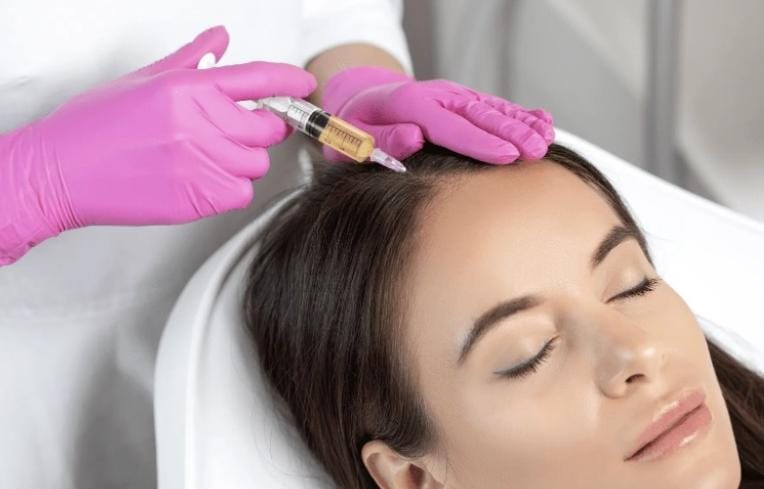
Hair Dyes:
- For of their durability and capacity to lessen the darker natural color, permanent hair colors are the most often used hair colors.
- These are also better for covers made of grey or white.
- The coloration is enduring, and the white hair that appears 10 to 15 days later treatment is not owed to shampooing away the dye rather to the development of new hair.
- The colours can enter the cortex due to permanent dyeing, which is an oxidation process. (Davis et al., 2011)
Straightening:
- Chemical straighteners have a high alkaline content. Because of this, coloring chemically straightened hair using hydroxides or thioglycolate is a sensitive process that might result in hair breakage and damage.
- As a result, semi-permanent hair colours rather than permanent ones are suggested. The less aggressive effect without disrupting the integrity of the fibre and releasing the cuticle scales is caused by the absence of ammonia or ethanolamine.
- However, it is advised to wait fifteen days after straightening the hair before dying it with semi-permanent colours.
- Chemical relaxers and highlights or bright hues are utterly incompatible. Breakage of the hair shaft might result from their simultaneous usage. (Gavazzoni et al., 2015)
Effects on Hairs:
The density of the cross-links in the hair affects the velocity of diffusion into keratin fibers. Because bleaching reduces the cross-link density and speeds up transcellular diffusion, products like conditioners, dyes, and hair straightening agents may permeate bleached hair more quickly than they do with natural hair. However, penetration through the intercellular spaces may result in scale lifting and harm to the hair. (Rajput et al., 2017)
Combing Hairs:
Sunlight, bleach, dye, straighteners, and other chemical damage can weaken hair which increases inter-fiber friction, which can cause breakage. The emergence of tangles caused by combing forces is a significant factor in hair breaking.
When straight to curly hair is combed dry, the end pick forces are greater than the mid-length forces; however, when the hair is wet, the mid-length forces are greater, correlating to the location and severity of hair breaking.
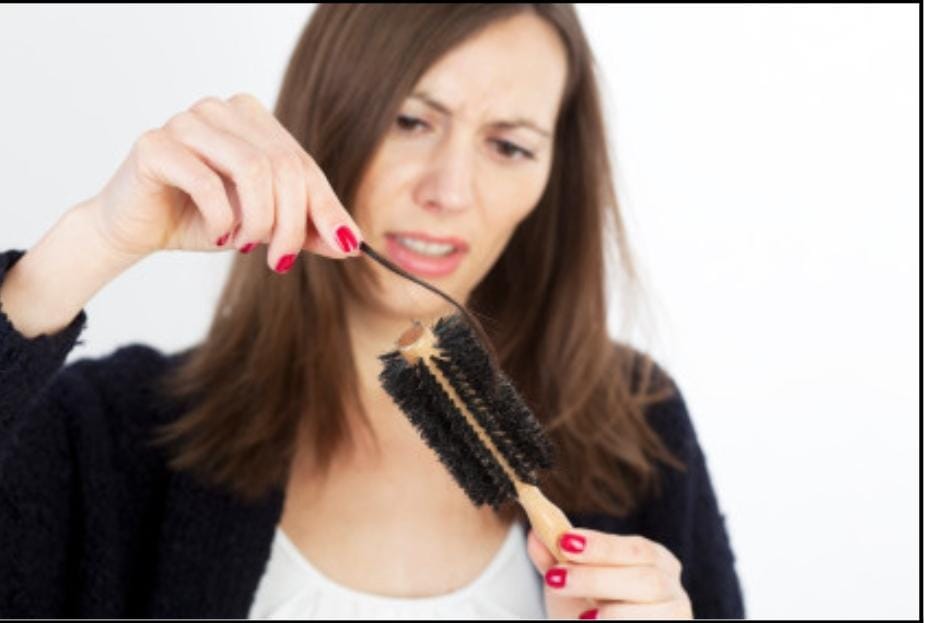
Conclusion:
Alopecia-related scalp treatments are more likely to be adhered to by patients with the aid of hair cosmetics. In terms of their prescription and safety, this article examines the formulas and the mechanism of action of hair cosmetics, including conditioners, shampoos, hair straightening treatments, and hair colors.
References
Sadgrove, N., Batra, S., Barreto, D., & Rapaport, J. (2023). An Updated Etiology of Hair Loss and the New Cosmeceutical Paradigm in Therapy: Clearing “the Big Eight Strikes.” Cosmetics, 10(4), 106. https://doi.org/10.3390/cosmetics10040106
Davis, M. G., Thomas, J. H., van de Velde, S., Boissy, Y., Dawson, T. L., Iveson, R., & Sutton, K. (2011). A novel cosmetic approach to treat thinning hair. British Journal of Dermatology, 165, 24–30. https://doi.org/10.1111/j.1365-2133.2011.10633.x
Gavazzoni Dias, M. F. (2015). Hair cosmetics: An overview. International Journal of Trichology, 7(1), 2. https://doi.org/10.4103/0974-7753.153450
Rajput, R. J. (2017). Journal of Cosmetology & Trichology. https://pdfs.semanticscholar.org/0696/a6aaa3b7a995f0226eff6feab3411f230b36.pdf

Company
Need Help?
Recruitment
Made in Europe ©2024 Skillmed

